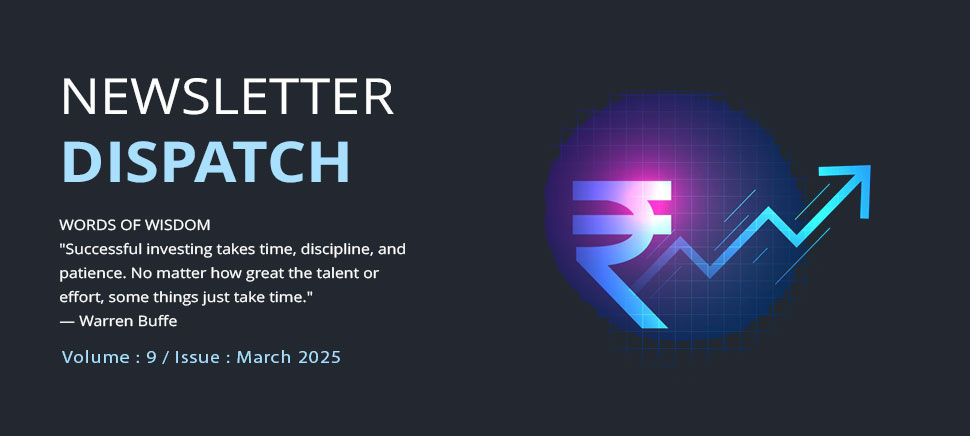In February 2025, bullion prices in India saw notable fluctuations, with gold surging to record highs while silver experienced a decline. Gold prices jumped nearly 4% during the month, reaching a peak of ₹88,090 per 10 grams for 24K gold on February 25, while 22K gold hit ₹80,750 per 10 grams. Prices varied slightly across cities such as Chennai, Mumbai, Hyderabad, and Delhi but generally remained elevated. In contrast, silver prices declined by over 2.5% during the month, settling at around ₹97,000 per kilogram by the end of February, down from earlier highs. The surge in gold prices was driven by global trends and strong festive demand, whereas silver faced downward pressure, marking a contrasting performance in the bullion market. Gold prices surged to ₹86,831 per 10 grams for 24K gold, driven by geopolitical risks, inflation concerns, and increased investment flows. The depreciation of the Indian rupee against the U.S. dollar further contributed to the price rise. However, by the end of the month, gold prices corrected slightly to around ₹87,300 per 10 grams due to broader market dynamics and a stronger U.S. dollar. While high prices dampened jewellery demand, investment interest in gold remained strong, with significant inflows into Gold ETFs and the RBI resuming gold purchases in January. Despite this, India's gold imports fell to a 20-year low in February as record-high prices reduced demand. Global factors, including the U.S. Federal Reserve's interest rate decisions and geopolitical tensions related to tariffs, also played a crucial role in shaping price movements. Overall, February 2025 saw unprecedented gold price highs, followed by a minor correction, influenced by both domestic and global economic factors. Multiple factors are expected to influence gold prices in March 2025, with key drivers including monetary policy decisions, geopolitical tensions, central bank demand, inflation, currency fluctuations, and seasonal demand. Interest rate decisions, particularly by the U.S. Federal Reserve, will play a crucial role, as a rate cut could enhance gold's appeal as a safe-haven asset, whereas higher rates may strengthen the U.S. dollar and reduce gold's attractiveness. Additionally, monetary policies adopted by central banks in Europe and Asia will contribute to price movements. Geopolitical tensions, including trade wars and conflicts, could increase demand for gold as a safe asset, with any escalation further driving prices upward. Central bank demand remains a significant factor, as sustained purchases to bolster reserves amid geopolitical uncertainties could support higher gold prices. Persistent inflation and economic uncertainty may also lead investors to turn to gold as a hedge, especially in response to concerns about government borrowing and fiscal deficits. Currency fluctuations, particularly the strength of the U.S. dollar relative to other currencies, will impact gold demand, as a stronger dollar typically makes gold more expensive for foreign buyers. Additionally, cultural and seasonal demand in India, particularly during festivals and wedding seasons, could contribute to price increase.

